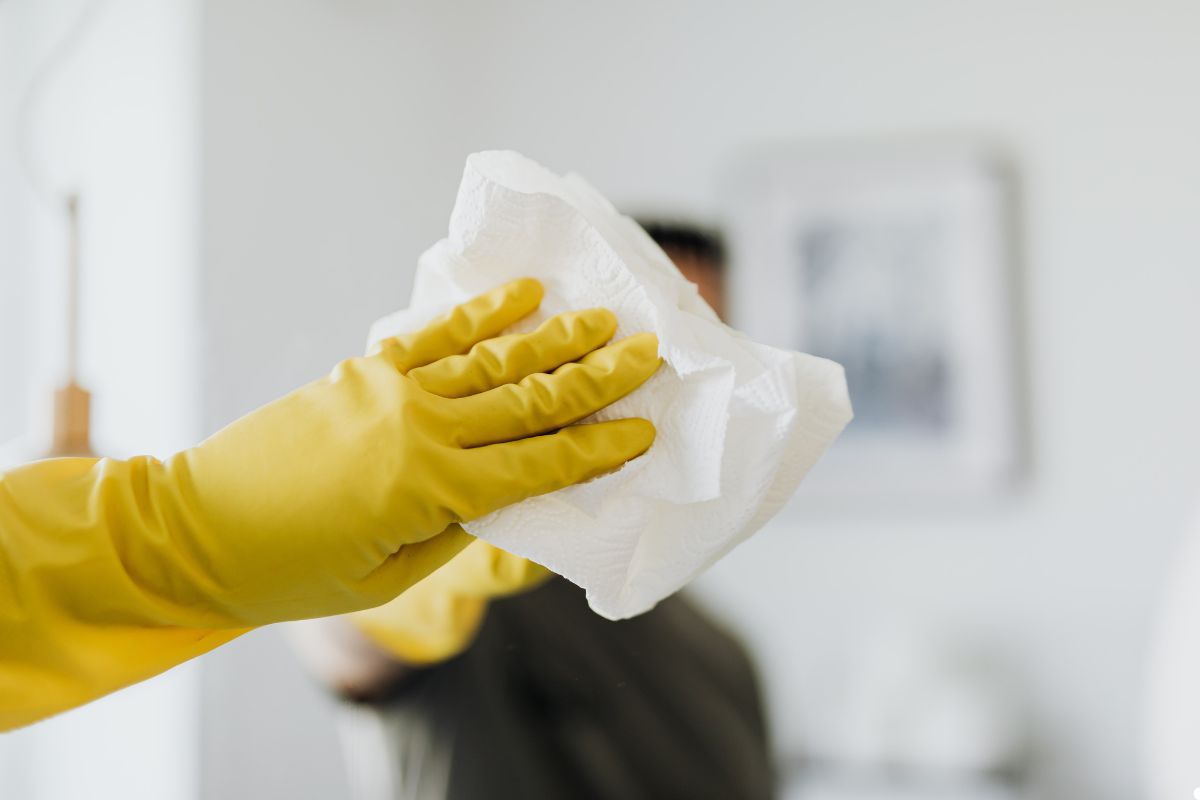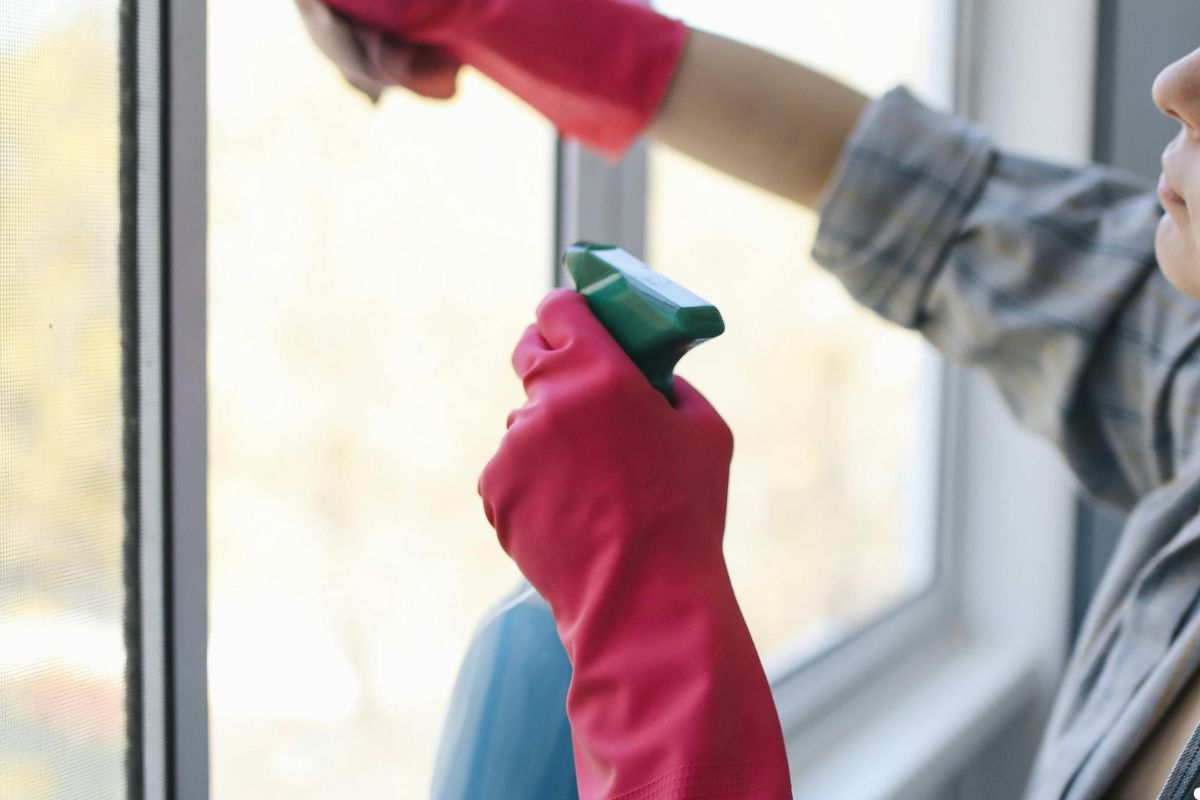
While the idea of using vinegar and baking soda for cleaning glass is appealing due to its simplicity and readily available ingredients, the straight answer is: it’s generally not the best approach. When combined, they largely neutralize each other, and can often leave behind a cloudy residue. Read on to discover why and what works better! For expert glass cleaning solutions, call us today!
The Chemistry of Cleaning: Vinegar & Baking Soda
To understand why vinegar and baking soda aren’t ideal for glass, let’s delve into a little chemistry. Vinegar, primarily acetic acid, is known for its acidity, which makes it effective at dissolving hard water stains and mineral deposits. While vinegar and baking soda are great for some surfaces, a professional screen cleaning service uses safer, specialized solutions to protect your glass screens.
Baking soda, or sodium bicarbonate, on the other hand, is alkaline. It’s a mild abrasive, useful for scrubbing away grime. Individually, these ingredients have cleaning power.
When you mix vinegar and baking soda, you get a chemical reaction. The acid and base neutralize each other, producing carbon dioxide, water, and sodium acetate. While this is fun for a science experiment, it reduces the effectiveness of both cleaning agents. The resulting mixture lacks the specific properties needed for a sparkling clean on glass.

Can You Use Straight Vinegar and Baking Soda on Glass? The Truth
The combination isn’t dangerous, but it isn’t optimal for cleaning glass. The potential risks include a white, powdery residue left on the glass. This film is difficult to remove and diminishes clarity.
Better Alternatives for Cleaning Glass
There are several superior alternatives for achieving streak-free glass:
Vinegar Solution: Dilute white vinegar with water (1:1 ratio) in a spray bottle. This cleaning solution maintains the acidity needed to dissolve grime without leaving as much residue.
Commercial Glass Cleaners: Many reputable glass cleaners are specially formulated to prevent streaking and provide a superior clean.
Dish Soap Solution: A few drops of dish soap in a bucket of water can work wonders. Just be sure to use a minimal amount of soap to prevent residue build-up. For effective window cleaning, make sure you use minimal soap to avoid streaks and residue.
How to Clean Glass for a Streak-Free Finish
Regardless of the cleaner you choose, the technique is essential:
- Preparation: Gather your cleaning solution, a microfiber cloth, and a bucket of clean water (optional).
- Application: Spray the glass surface lightly with your chosen cleaner. Avoid oversaturation.
- Wiping: Use a clean, dry microfiber cloth to wipe the glass in overlapping strokes.
- Drying: Dry any remaining moisture with another clean, dry microfiber cloth or squeegee. This step prevents streaks.

Frequently Asked Questions (FAQs)
Can I use baking soda to scrub tough stains on glass?
While it can work, use extreme caution, as it may scratch delicate glass surfaces. Protect your delicate surfaces with expert care. For safe solutions, contact us today!
Is it safe to mix vinegar and baking soda for other cleaning tasks?
It’s safe, but not always the most effective. For specific cleaning needs, targeted cleaners are often better.
Why does my glass always have streaks after cleaning?
Streaks often result from using too much cleaner, dirty cloths, or not drying the glass thoroughly.
What kind of cloth is best for cleaning glass?
Microfiber cloths are ideal because they are lint-free and absorbent, ensuring a streak-free finish.
Conclusion
While the DIY appeal of vinegar and baking soda is understandable, they are often not the most effective for achieving sparkling clean glass. Alternative solutions like diluted vinegar, specialized glass cleaners, or even dish soap combined with proper cleaning techniques provide the best results. By following these tips, you can achieve streak-free windows without the hassle! For professional, streak-free results every time, call us today!
